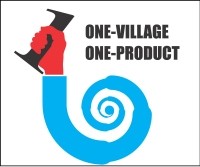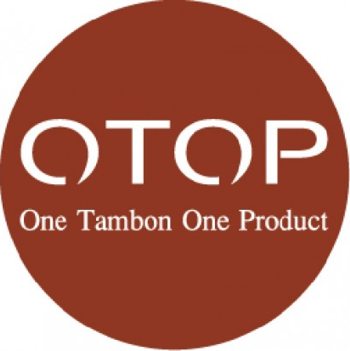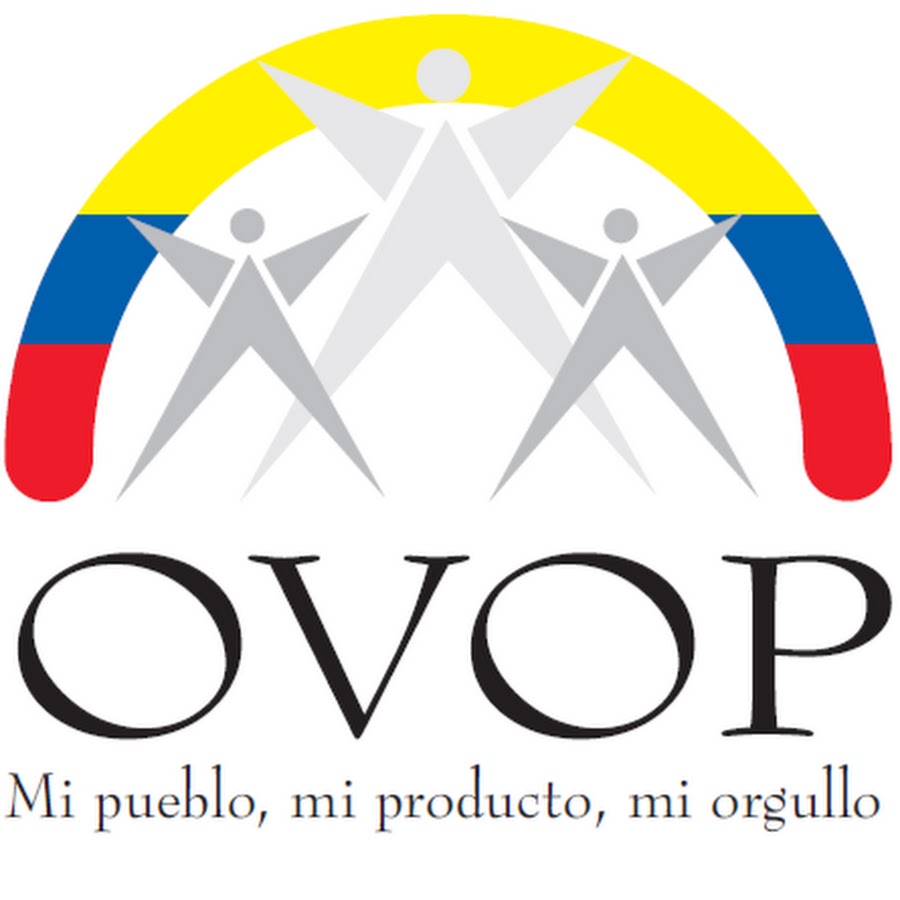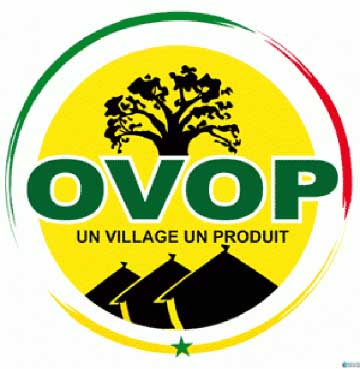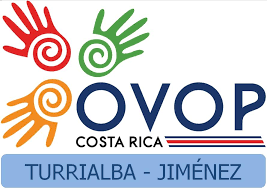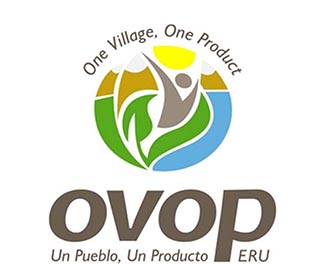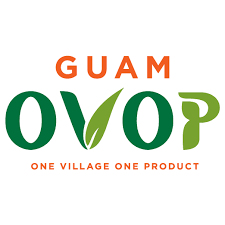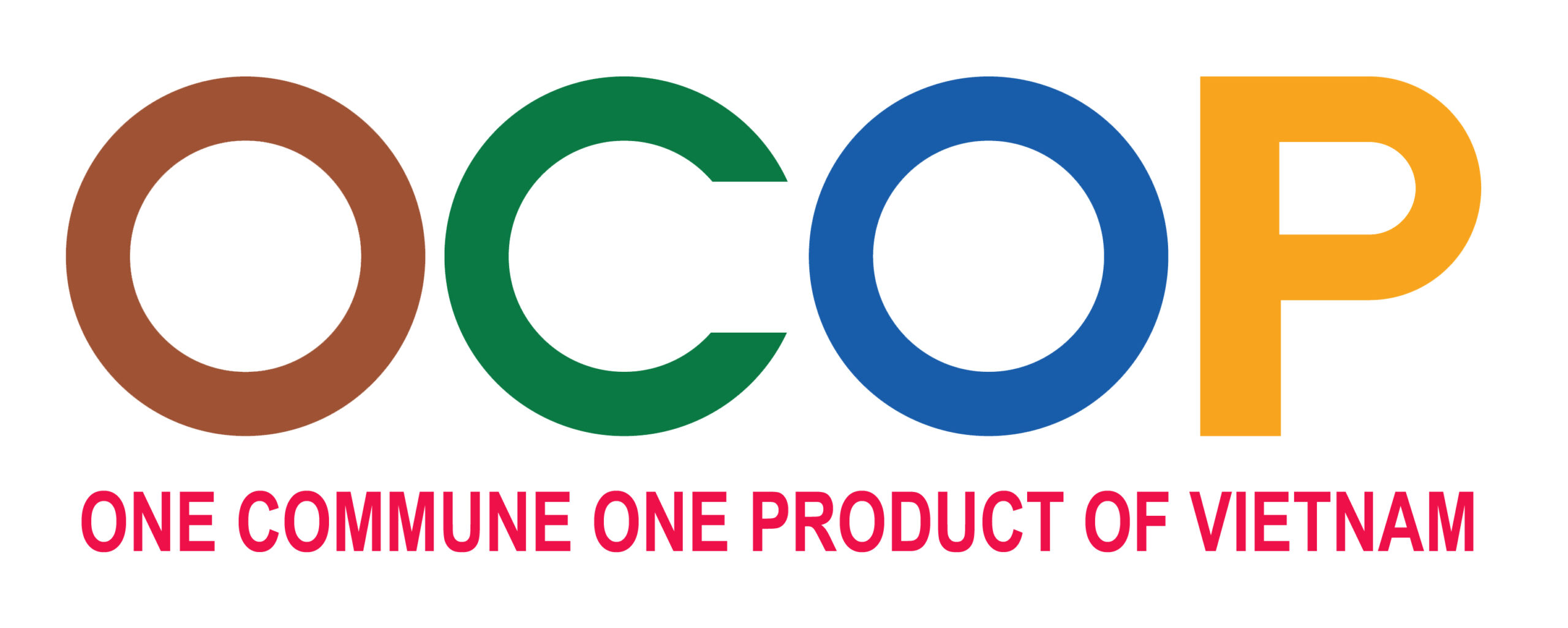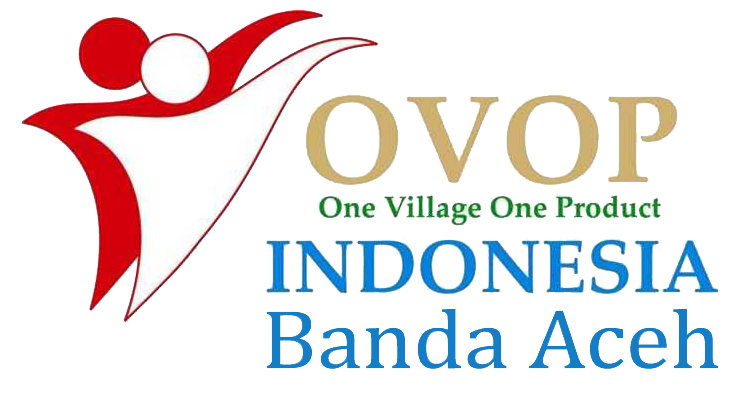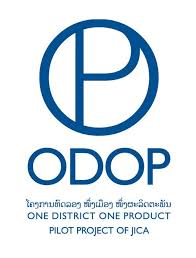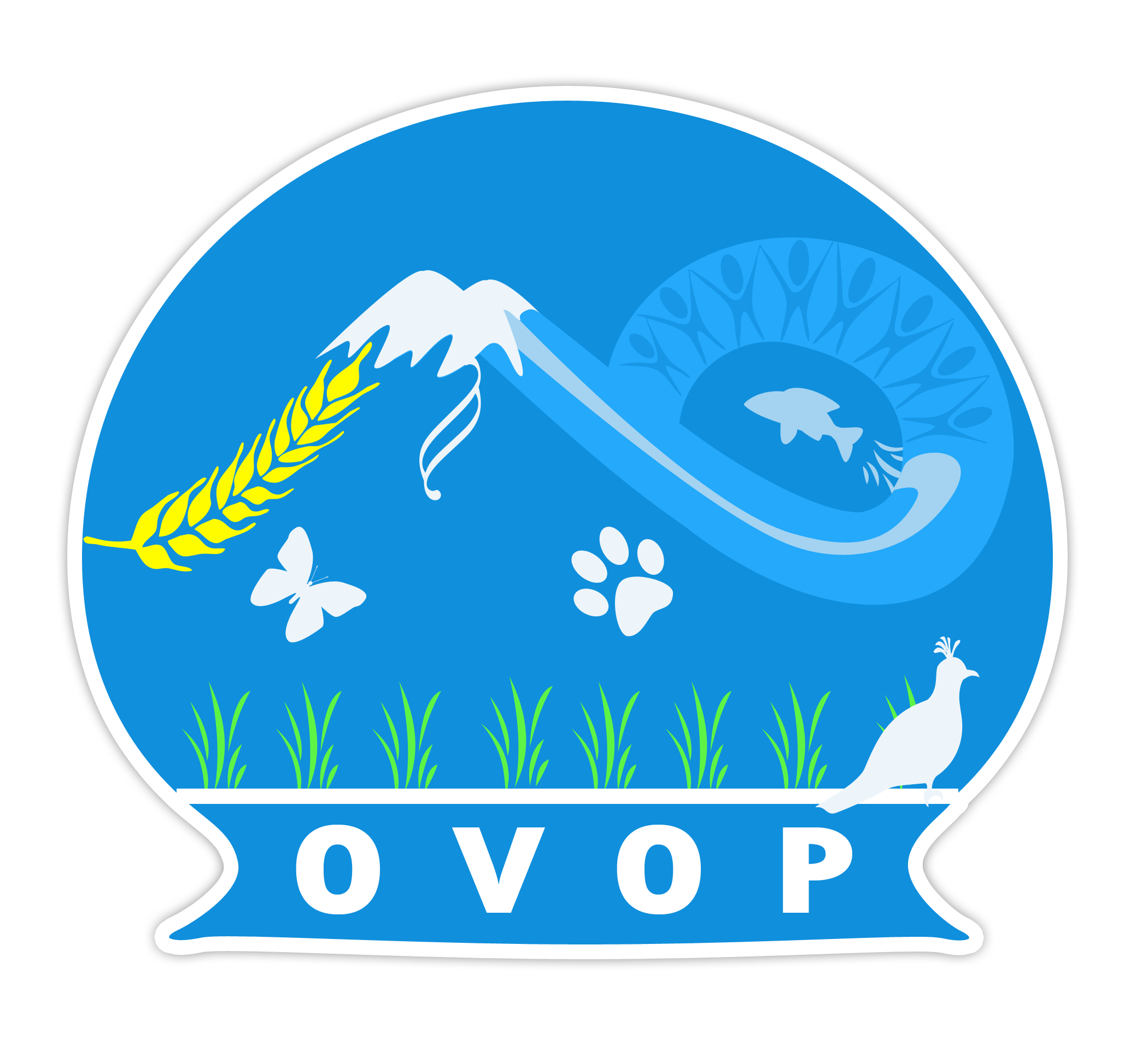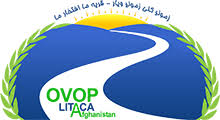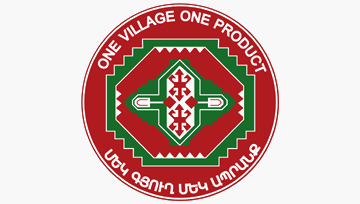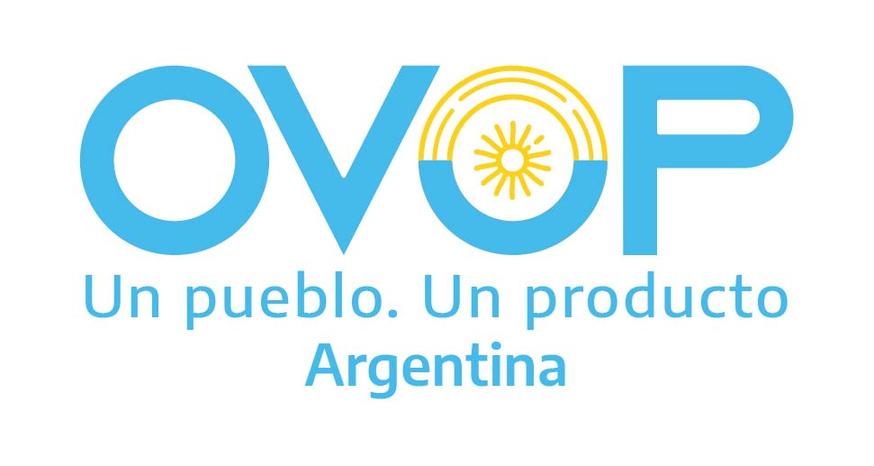The Oita government and the Thai government have intended to promote various development policies which can be classified into four parts: 1) Human resource development; 2) Production promotion; 3) Financial management; and 4) Marketing Promotion. However, the policy implementation in both countries is rather different .
It can be identified nine main success factors in OVOP in Oita Prefecture that were: land, labor, capital, technology, marketing opportunities, networking, local government, mass media, natural environment, international exchanges, and local diplomacy. The government assists the commercialization of OVOP products by periodically organizing fair / product exhibitions and promoting the campaigns of local production / consumption promotion. The development of human resources is the third core principle of the OVOP movement. Local entrepreneurs are urged to produce unique specialty products and nurture innovative human assets who will be endowed to challenge new business and untapped markets.
Access to finance helps all firms to grow and prosper. Furthermore, firms with greater access to capital are more able to exploit growth and investment opportunities. Lack of access to credit is a major impediment inhibiting the growth of micro enterprises. To meet their credit needs SMEs need access to financial institutions that can provide them with credit at lower rates and at more reasonable terms than the traditional money lender. The traditional source of lending in the formal sector i.e., public sector banks, have been extending support to these businesses.
Most SMEs lack the access to sufficient market information since most of this is designated for the large and wellestablished businesses. This means that SMEs are unable to plan their sales since the market is unpredictable. It is important that businesses look beyond their local catchment area. This problem is attributed to low technological sophistication and lack of responsiveness to market trends. He advocates increased assistance to SMEs to come up with effective marketing and sales channels and techniques if they are to grow. Financial support from micro-finance sources, government and personal savings are sources of group finance that are inadequate but those from Commercial banks are adequate. The majority of the OVOP groups were unable to undertake group activities due to lack of funds.
A review of the literature reveals that the government should willingly support small scale business entrepreneurs in: skill development training given the fact that most businesses in rural areas are intensive labor activities which require appropriate skills and creativity; upgrading competencies in business activities throughout a better elaborate package of training; investing in facilities and social infrastructures to enable further domestic business environment; and providing efficient market assistance services regarding the promotion of services and products, accessibility to potential markets and business networking. Successful critical factors in Japan’s OVOP are the following: the reliance on a self-sufficiency culture, the making of products with unique features in each locality, and the development of farmer to farmer business matching and with their respective localities, prefectures, farming federations, residents’ associations, Chambers of Commerce, NGOs and tourism organizations.
Major issues that can affect the efficient implementation of OVOP are: (1) Marketing of OVOP product and services: constraints on marketing include poor access to markets, credit, training, value addition technology, machineries, storage facilities, extension service, processing facilities, and quality control; (2) Domestic cooperation intended to OVOP support; and (3) Social aspects of OVOP. Other challenges could be politicization, shortage of capable leaders, institutional capacities, and coordination. According to a study, submission of proposals seeking huge investments without a track record of business experience and lack of understanding of OVOP concept were the major challenges. Difference in finance management can be clearly found in two cases. According to the OVOP principle, local people should be self-reliant and creative in generating capital for their projects without national governmental subsidies. However, the budget for the local enterprises in the OTOP program comes from government special grants. Therefore, local people cannot recognize the importance of their participation in grassroot development, and are not motivated to maximize their entrepreneurship to overcome their poverty. Governmental subsidy does not contribute to empower the rural poor in the long term, but making them more dependent on external financial assistance and less accountable to the project that they themselves initiate in OTOP program. The access to funding and credit is crucial to the development entrepreneurs’ business activities. On the other hand, there are some risks for government in funding the communities’ business activities under the OVOP program, since by so doing the entire concept of “self-reliance” and community entrepreneurship would be lost. Micro-financial institutions should be responsible for financing OVOP entrepreneurs’ business activities instead of government. Thus, communities could be able to develop a working culture in collaboration with credit institutions







